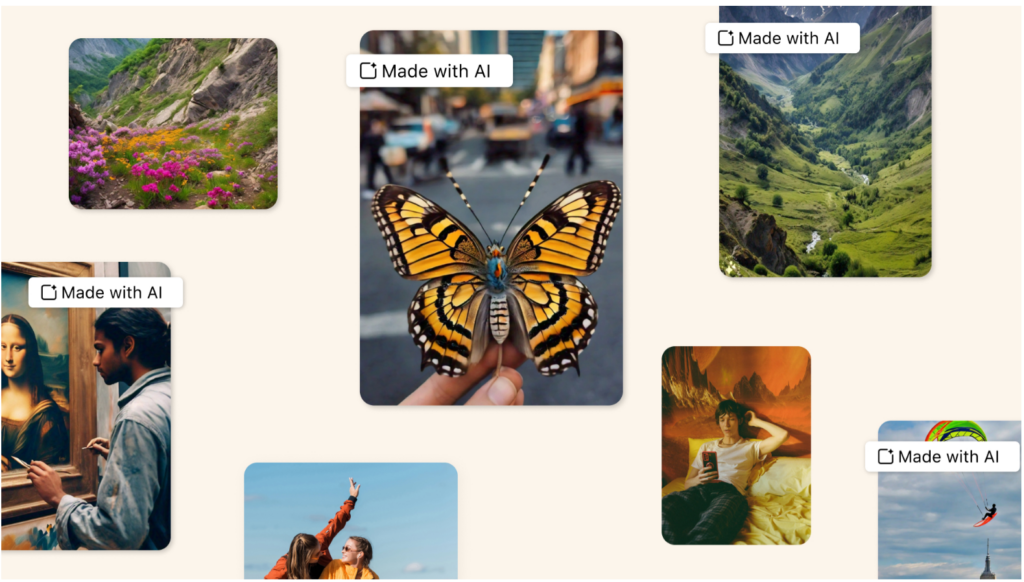
4-13 #Gamer : Apple is allegedly focusing on foldable products; OPPO, OnePlus, and realme are reportedly working on the ultrasonic FoD; Huawei is reportedly building a giant R&D center near Shanghai; etc.

Intel and Altera have announced new AI-optimized processors and field programmable gate arrays (FPGAs) for edge computing. By introducing a range of edge-optimized Intel Core Ultra processors, Intel Core processors, and Intel Atom processors, alongside Agilex 5 FPGAs, the companies seek to accelerate innovation across diverse industries. Intel announced Intel Core Ultra Processors for Edge. These processors, equipped with Intel Arc GPU and a neural processing unit (NPU), offer up to 5.02 times better image classification inference performance compared to previous generations. Altera introduced updates to its FPGA portfolio, including the launch of the new Altera brand and enhancements to the FPGA AI Suite.(VentureBeat, Intel, Silicon Angle)

Intel has unveiled Gaudi 3 AI processing chip. Gaudi 3 is designed to accelerate AI workloads at an enterprise level. Gaudi 3 uses the same architecture and underlying principles as Gaudi 2, but it uses TSMC’s 5nm process (compared to TSMC’s 7nm in Gaudi 2), making it more efficient. Gaudi 3 has up to 128GB of HBM2e with 3.7 TB/s of bandwidth and 900W TDP. Intel showed benchmarks comparing Gaudi 3 to market leader Nvidia and its dominating H100 GPU, running different large language models like LLAMA2-7B, LLAMA2-13B, and GPT 3-175B. Gaudi 3 is up to 1.7x faster. Intel also says that Gaudi 3 is up to 2.3 times more power efficient than Nvidia’s H100.(GSM Arena, Intel)
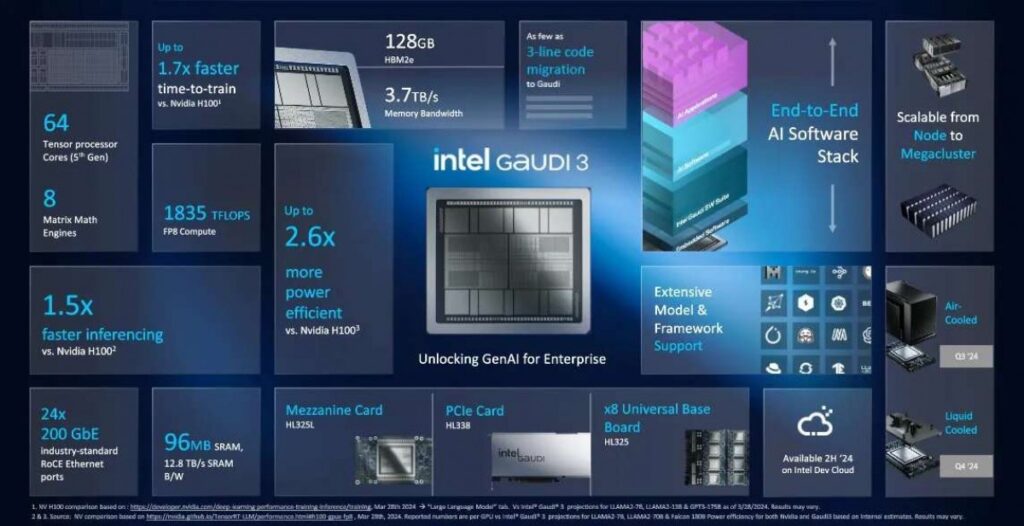
NVIDIA and Google Cloud have announced a new collaboration to help startups around the world accelerate the creation of generative AI applications and services. Google said it is combining its Google for Startups Cloud Program with Nvidia’s Inception initiative. Google for Startups Cloud Program members can join NVIDIA Inception and gain access to technological expertise, NVIDIA Deep Learning Institute course credits, NVIDIA hardware and software, and more. Eligible members of the Google for Startups Cloud Program also can participate in NVIDIA Inception Capital Connect, a platform that gives startups exposure to venture capital firms interested in the space.(VentureBeat, Nvidia)

Alphabet’s Google has announced that Blackwell, Nvidia’s latest and most capable artificial intelligence (AI) tech, will be available to cloud customers in early 2025. The Blackwell platform is coming to Google Cloud in two variations, the HGX B200 and the GB200 NVL72. Nvidia said the HGX B200 is designed for “the most demanding AI”, data analytics, and high-performance computing workloads, while the GB200 NVL72 is designed for “next-frontier, massive-scale” model trading and real-time inferencing. Nvidia claimed that the new GPU architecture would allow customers to build and run real-time generative AI on trillion-parameter large language models at 25x less cost and energy consumption than its predecessor, the Hopper series. (TechCrunch, Investopedia, DCD, Yahoo)
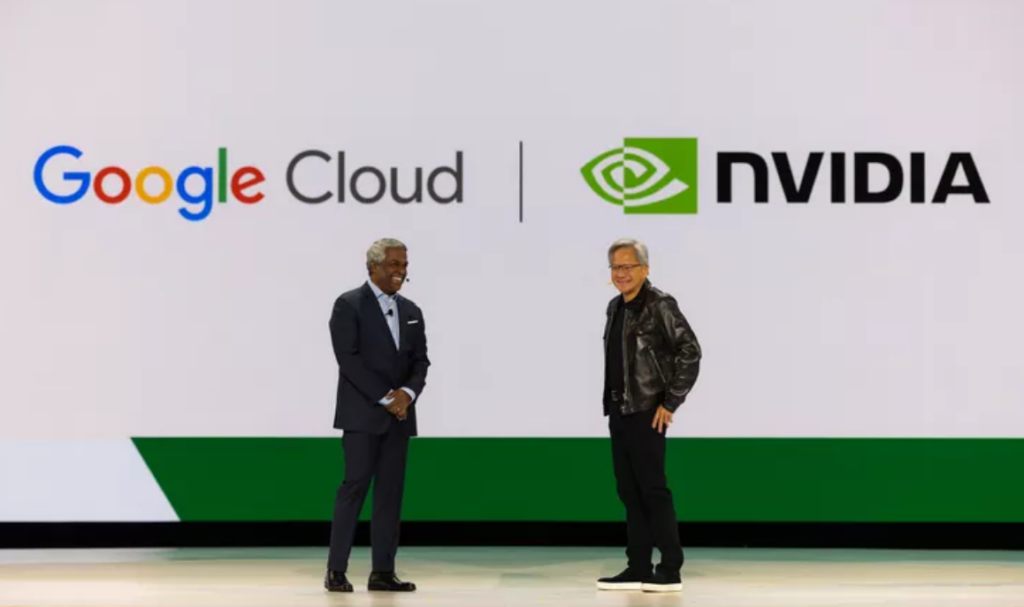
Google is making its own custom Arm-based CPU to support its AI work in data centers and introducing a more powerful version of its Tensor Processing Units (TPU) AI chips. Google’s Axion processor is based on the Arm Neoverse V2 (Arm v9) platform, which is Arm’s current-generation design for high-performance server CPUs, and is already employed in other chips such as NVIDIA’s Grace and Amazon’s Graviton4. Google claims that the Axion processors boast up to 50% higher performance and up to 60% better energy efficiency compared to current-generation x86-based processors, as well as offer a 30% higher performance compared to competing Arm-based CPUs for datacenters.(Quartz, Google, AnandTech, The Verge, WSJ)
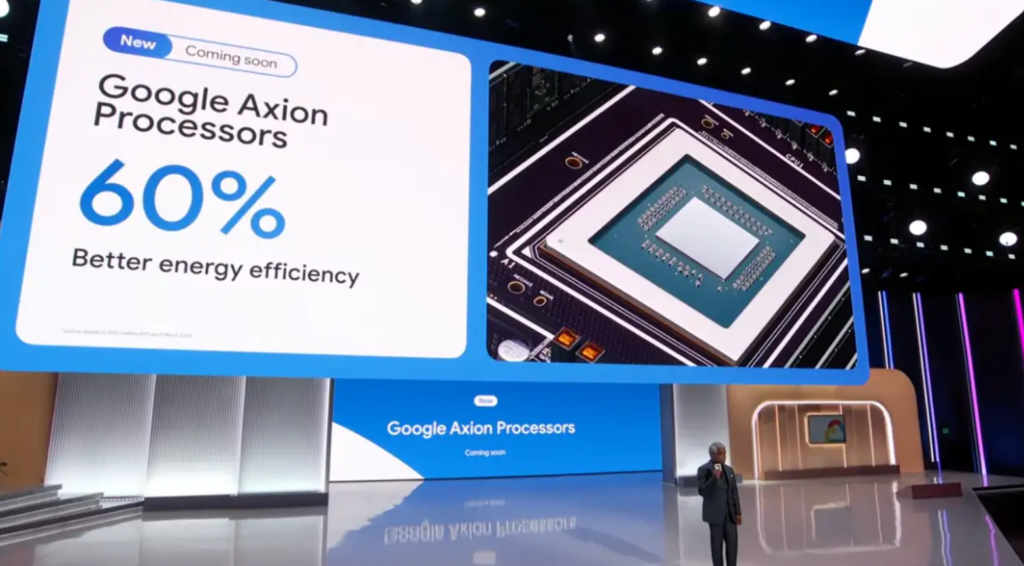
Buttressed by a U.S. federal grant of USD6.6B, Taiwan Semiconductor Manufacturing Co (TSMC) has agreed to increase its U.S. investment by more than 60% to over USD65B and produce the 2nm chips in America. U.S. Commerce Secretary Gina Raimondo said TSMC will also build a previously unannounced third chip plant in Phoenix, Arizona, that will be operational by the end of the decade. TSMC will also receive USD5B in loans and be able to claim an investment tax credit of up to 25% of capital expenditures. Raimondo said 14 suppliers are planning to construct or expand plants in Arizona or elsewhere in the U.S. to support the TSMC fabrication plants. She added that 70% of TSMC’s customers are U.S. companies and have made it clear that they want to buy American-made chips. TSMC previously set its investment in Arizona at USD40B. The increase to USD65B would put the U.S. on track to produce roughly 20% of the world’s leading-edge chips by 2030. (VentureBeat, CNBC, CNN, Bloomberg, Asia Nikkei, Investopedia)
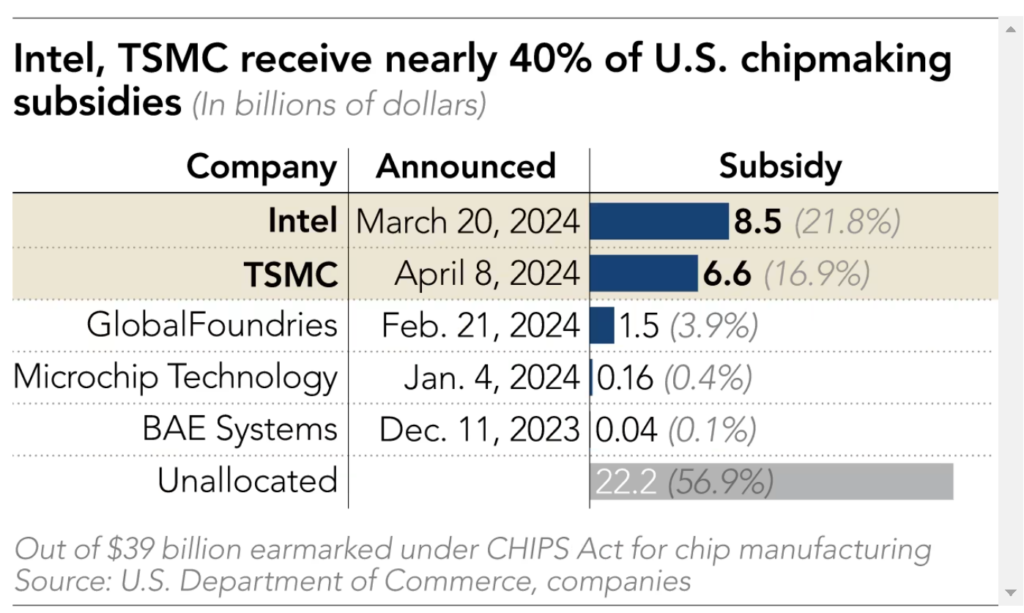
Qualcomm has expanded its portfolio of Internet of Things (IoT) solutions with the introduction of a new micro-power Wi-Fi chip and an updated robotics development platform. The QCC730 dual-band Wi-Fi system is aimed at power-constrained IoT devices and promises to significantly reduce their power consumption. The QCC730 supports the Wi-Fi 6 standards for improved range and throughput. It also features direct cloud connectivity and integration with the Matter smart home connectivity standard. Qualcomm has also introduced the RB3 Gen 2 robotics platform for industrial and commercial applications. As the successor to the previous RB3 platform, it comes equipped with Qualcomm’s QCS6490 CPU and Adreno 643 GPU.(Neowin, Qualcomm)
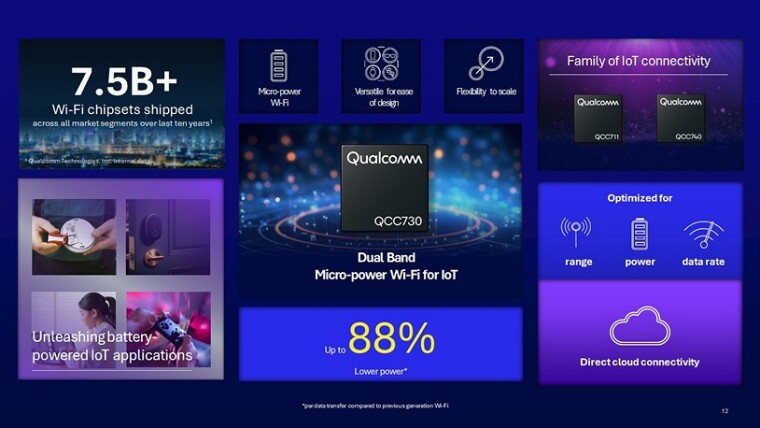
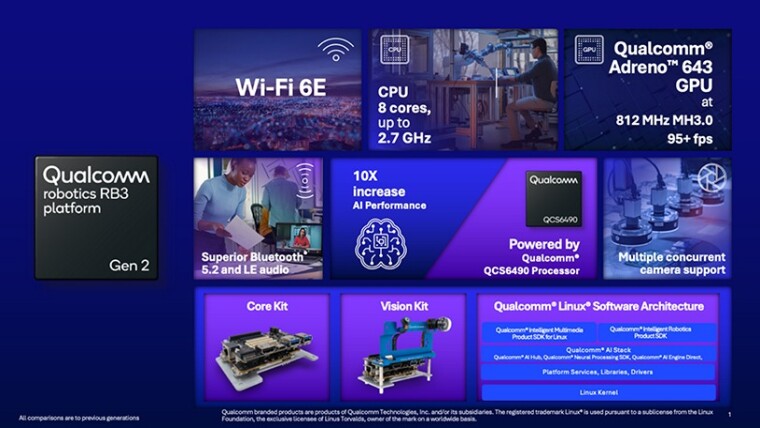
Meta promises the next generation of its custom AI chips will be more powerful and able to train its ranking models much faster. The Meta Training and Inference Accelerator (MTIA) is designed to work best with Meta’s ranking and recommendation models. The chips can help make training more efficient and inference, the actual reasoning task, easier. The company said that MTIA is a big piece of its long-term plan to build infrastructure around how it uses AI in its services. It wants to design its chips to work with its current technology infrastructure and future advancements in GPUs.(The Verge, Android Headlines, Meta)
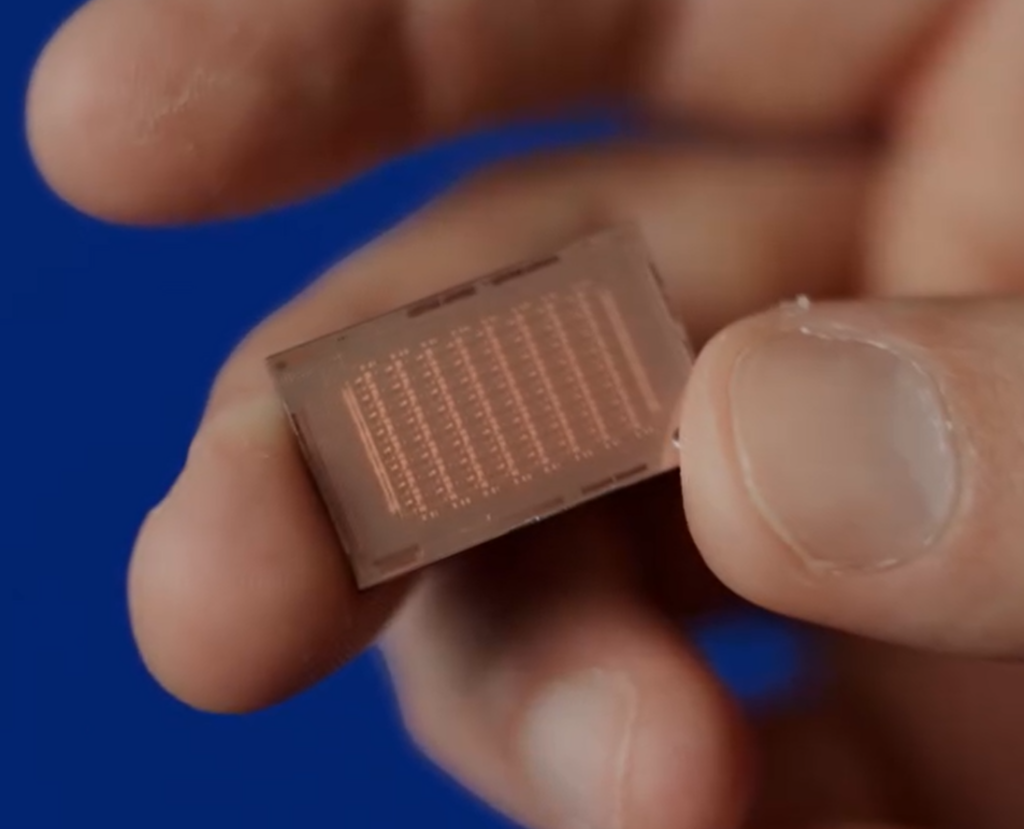
Huawei is reportedly building a giant research and development (R&D) center near Shanghai, where it plans to develop chipmaking tools that will have to be competitive with systems designed by ASML, Canon, and Nikon. The R&D center will focus on developing lithography machines. The total investment for this campus is estimated at CNY12B (USD1.66B). For now, Huawei’s partners SMIC and Hua Hong cannot get litho tools that allow them to make logic chips on 14nm / 16nm FinFET-based process technologies and more advanced processes, but they can still obtain 28nm-capable lithography systems. Therefore, Huawei-developed machines will have to be at least 28nm, or better 14nm / 16nm-capable. For now, ASML controls well over 90% of the lithography tools market. (CN Beta, Asia Nikkei, Tom’s Hardware)


Apple is allegedly focusing on the development and promotion of foldable products. A foldable iPhone or iPad from Apple is expected to be unveiled by 2025. Apple’s iPhone business has recently shown signs of weakness and is increasingly being impacted by foldable devices from Samsung and Huawei. This might be an incentive for Apple to venture into the foldable market. However, Apple’s focus on the user experience might delay the launch of its foldable product further. (Gizmo China, IT Home)

Samsung Galaxy Z Fold6 allegedly features a 50Mp main, 10Mp telephoto, and 12Mp ultrawide camera, same as Galaxy Z Fold4 from 2022. The under-display 4Mp inner camera, a feature unchanged since 2021’s Z Fold3, might also remain the same. Multiple rumors suggest Samsung could release two versions of its flagship foldable in 2024. The Galaxy Z Fold6 and Z Flip6 are expected to make their debut in early Jul 2024, alongside the much-anticipated Galaxy Ring. (Android Authority, Twitter)


Kioxia plans to mass produce 3D NAND memory with over 1,000 layers by 2031, according to the company’s chief technology officer (CTO), Hidefumi Miyajima. Kioxia’s best 3D NAND device is 8th Generation BiCS 3D NAND memory with 218 active layers and a 3.2 GT/s interface (first introduced in March 2023). This generation introduces a novel CBA (CMOS directly Bonded to Array) architecture, which involves separate manufacturing of the 3D NAND cell array wafers and I/O CMOS wafers using the most suitable process technology and bonding them together. (CN Beta, Tom’s Hardware, Xtech Nikkei)
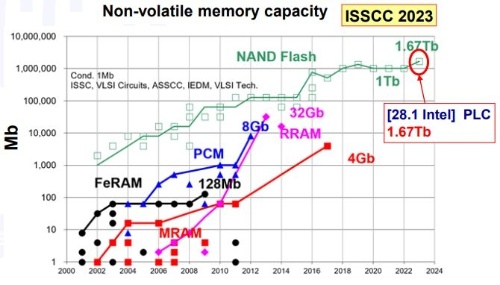
Samsung has announced that it has manufactured a sample of its brand-new 16-stack HBM. . This memory sample functions properly and the 16-layer stacked hybrid bonding technology will be utilized for the mass production of HBM4 memory in the future. Hybrid bonding can also decrease the distance between DRAM layers, reducing the overall height of the HMB module. However, it faces challenges such as a lack of maturity and high application costs. Samsung Electronics is pursuing a dual strategy in HBM4 memory bonding technology, concurrently developing hybrid bonding and the traditional TC-NCF process. (CN Beta, TweakTown, Disk Manufacture)
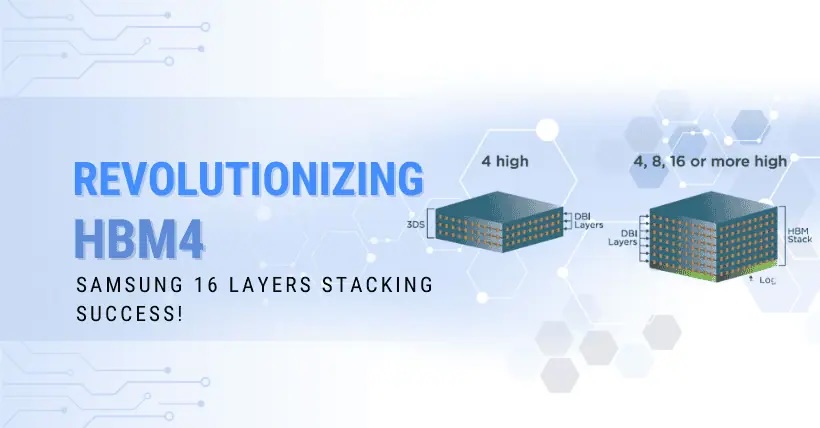

OPPO, OnePlus, and realme are reportedly working on the ultrasonic in-screen fingerprint scanner for their devices. Ultrasonic fingerprint scanners create a 3D map of the fingerprint by using ultrasonic sound waves beneath the screen when the finger is pressed against it. This technology offers more security and is less susceptible to spoofing. It is also resistant to water and smudges with high detection accuracy.(Gizmo China, IT Home)


Samsung Galaxy Z Fold6 will allegedly be equipped with the same battery and wired charging speed as its predecessors. That means a 4,400mAh battery and 25W wired charging speeds. Foldable phones in the US like the OnePlus Open and Google Pixel Fold both offer ~4,800mAh batteries, while the OnePlus device offers much faster wired charging speeds (67W). Meanwhile, devices like the Honor Magic V2 and Huawei Mate X5 both offer ~5,000mAh batteries and 66W wired charging speeds. (Android Authority, Twitter)


Google has announced a USD1B investment in digital connectivity to Japan, which includes the expansion of the Pacific Connect initiative and delivers two new subsea cables, Proa and Taihei. In collaboration with several partners — including KDDI, ARTERIA, Citadel Pacific, and the Commonwealth of the Northern Mariana Islands (CNMI) — these cables will create new fiber-optic routes between the continental U.S. and Japan in support of Google’s Japan Digitization Initiative, while improving the reliability and resilience of digital connectivity between the U.S., Japan, and multiple Pacific Island countries and territories. (CN Beta, Reuters, Yahoo, Google)
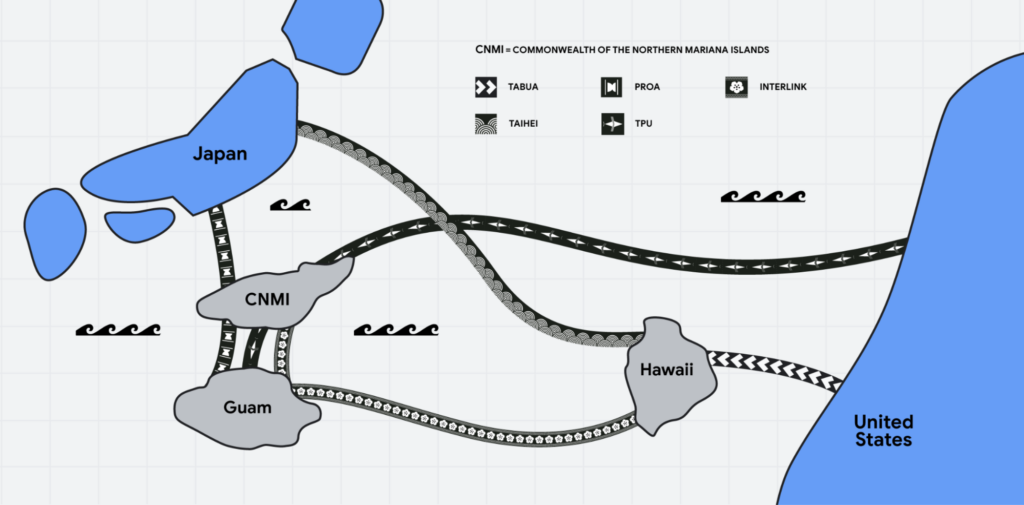

Apple has announced an upcoming enhancement to existing repair processes that will enable customers and independent repair providers to utilize used Apple parts in repairs. Beginning with select iPhone models fall 2024, the new process is designed to maintain an iPhone user’s privacy, security, and safety, while offering consumers more options, increasing product longevity, and minimizing the environmental impact of a repair. Used genuine Apple parts will now benefit from the full functionality and security afforded by the original factory calibration, just like new genuine Apple parts.(Android Authority, Apple)
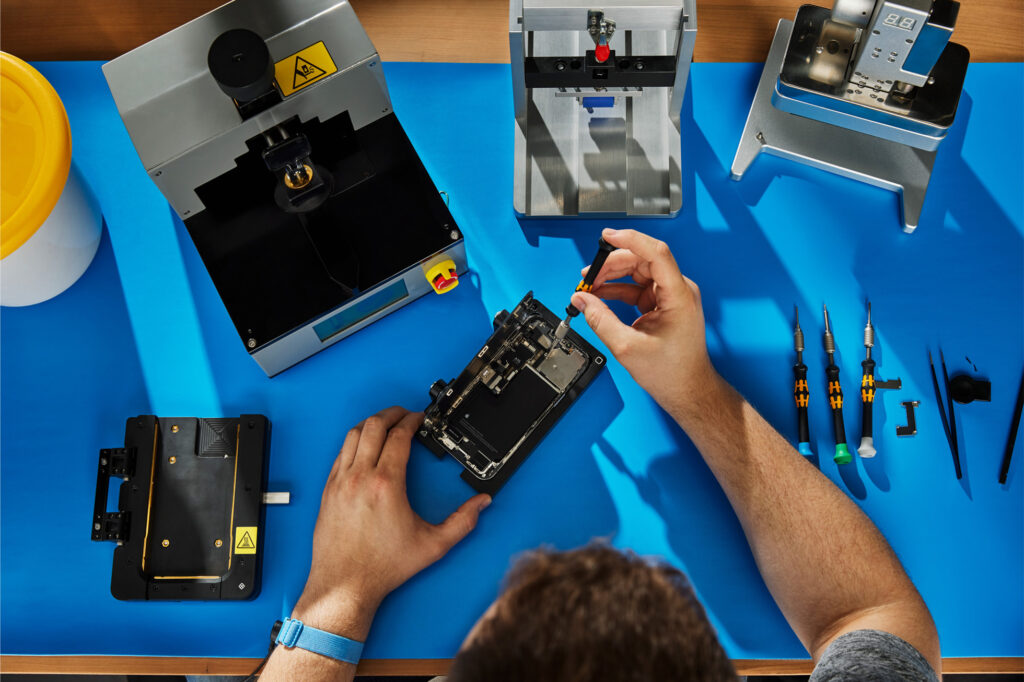
Apple has announced its collaboration with Shutterstock to bolster its Artificial Intelligence (AI) capabilities. Apple has disclosed plans to integrate Shutterstock’s vast repository, valued at up to USD50M, to train its AI models and enhance the performance of its devices. The deal encompasses licensing millions of images, videos, and audio files from Shutterstock. This infusion of diverse content is aimed at advancing Apple’s AI large language models, with a particular focus on improving image recognition and editing functionalities on iPhones.(VentureBeat, PYMNTS, Inc.com, 9to5Mac, Reuters)

In another move that seems to have been made in response to pressure from regulators in the US and in the EU, Apple has announced that retro game emulators will be allowed in the iOS App Store. Apple’s App Review Guidelines state that “retro game console emulator apps can offer to download games”. Apple says developers are responsible for all the software inside their apps, and says these emulators must comply with “all applicable laws”.(The Verge, Apple, TweakTown, TechRadar, 9to5Mac)
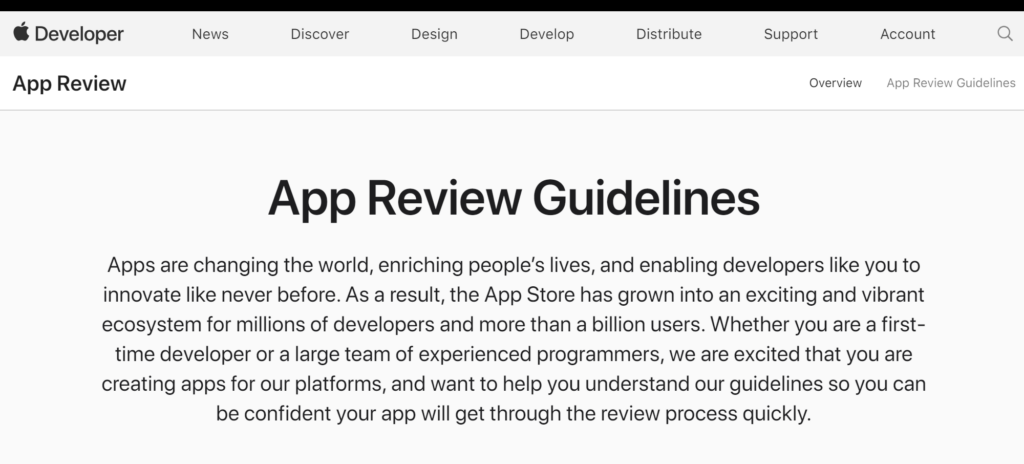
Apple has assembled USD14B worth of iPhones in India in fiscal 2024. Apple reportedly now makes as much as 14% or about 1 in 7 of its marquee devices from India. Foxconn opens new tab assembled nearly 67% while Pegatron Corp opens new tab made about 17% of the India-made iPhones. Wistron opens new tab plant in the southern Indian state of Karnataka, which the Tata Group took over in 2023, made the remaining.(Bloomberg, CNBC, Reuters, MacRumors )
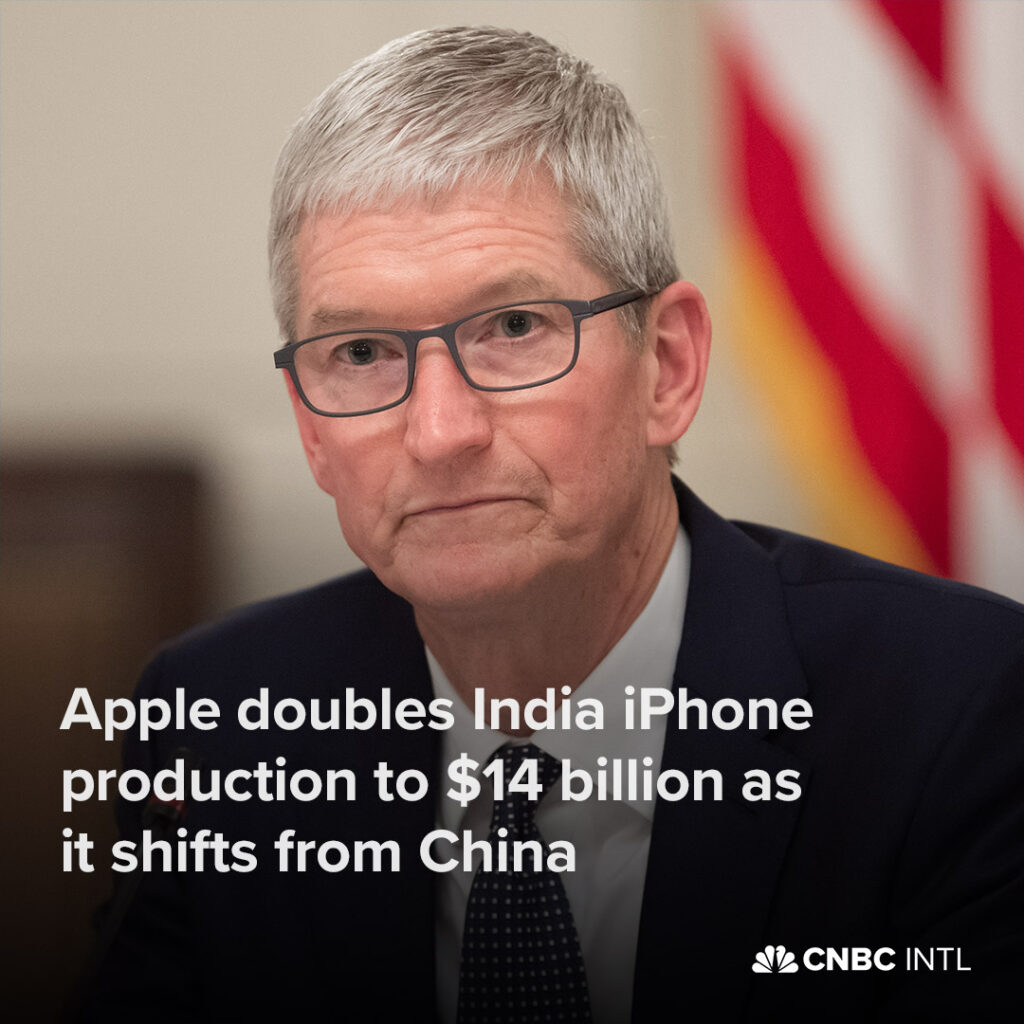
OnePlus smartphones, tablets, and wearables will not be available in 4,500 stores across 23 retail chains in Andhra Pradesh, Telangana, Tamil Nadu, Karnataka, Maharashtra, and Gujarat. These stores have decided to discontinue sales of OnePlus products starting 1 May 2024 due to unresolved issues regarding narrow profit margins, delays in claim processing, and bundling. According to Sridhar TS, president of South Indian Organised Retailers Association (ORA), they have encountered significant obstacles associated with selling OnePlus products, which remain unresolved. ORA, the registered association of Organized Retail Chains in India, has 23 members, including Poorvika, Sangeetha, Big C, and Pooja in the Southern and Western regions. (Android Authority, Money Control, 9to5Google, OnePlus)

Tesla is reportedly abandoning its plan to build a lower-cost EV, thought to be priced around USD25,000. The company will instead focus its efforts on a planned robotaxi that is being built on the same small EV platform that was supposed to power the lower-cost vehicle. Tesla CEO Elon Musk has claimed, without proof, the report is false, yet did not dispute any specific details. (TechCrunch, Reuters, Twitter)

According to Counterpoint Research, electric vehicle (EV) sales in India are expected to increase by 66% in 2024 to constitute 4% of total PV sales. Looking at 2030, EVs are expected to constitute nearly one third of the India’s PV sales. In 2023, even as India’s passenger vehicle (PV) sales grew 10% YoY, its EV sales nearly doubled to account for 2% of the overall PV sales. This EV surge can be attributed to multiple factors, including increasing urban consumer interest, government initiatives, infrastructure development, and concerns over climate change. With a strong portfolio and strategic tie-up with Uber, Tata Motors held more than two-thirds of the country’s EV market in 2023 but lost some share to Mahindra & Mahindra and BYD. Recording a 2476% increase with just one model in its portfolio, Mahindra & Mahindra was the fastest-growing brand in 2023, followed by BYD and MG Motor. (Gizmo China, Live Mint, Counterpoint Research)
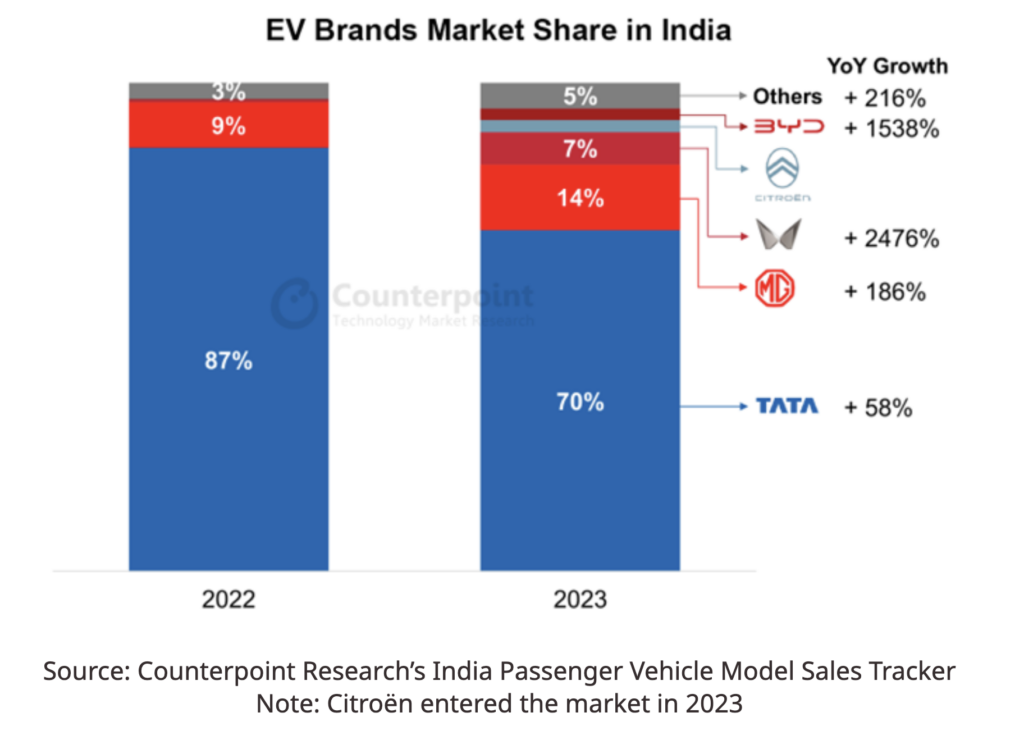
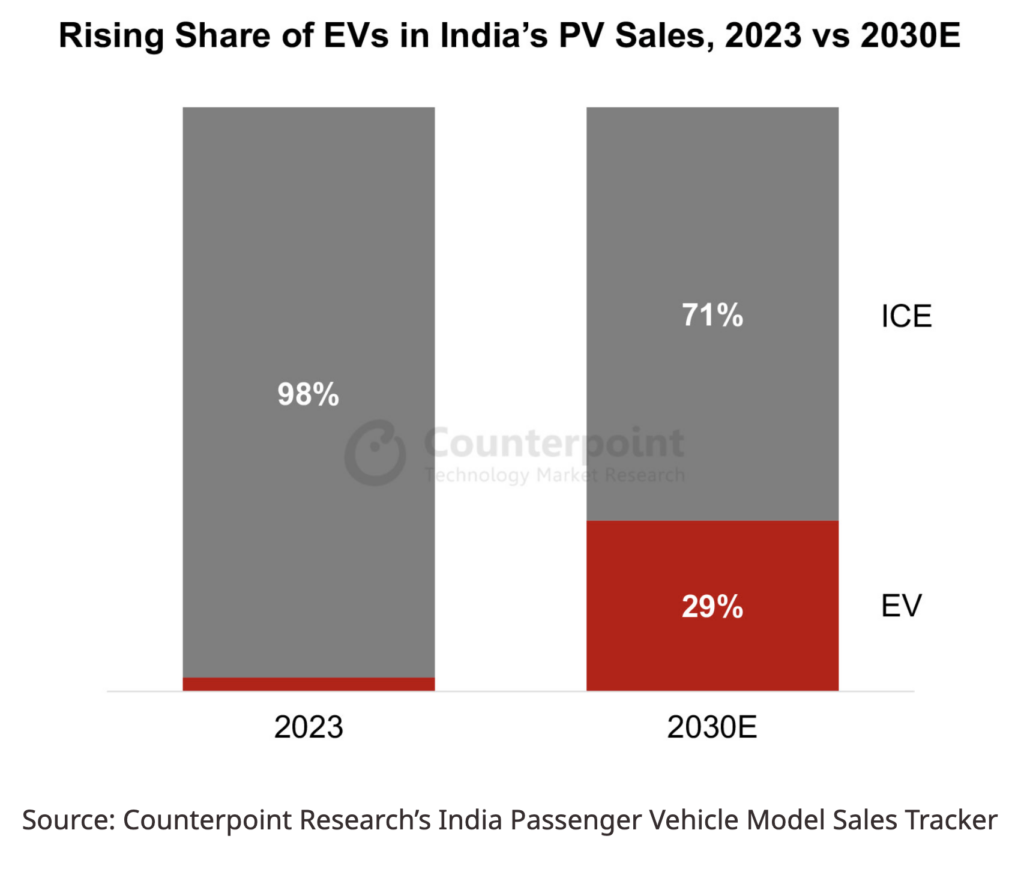

Google is adding new generative AI features to the Google Workspace suite of cloud-native productivity tools, including Docs, Sheets, and Slides. The biggest highlight is Google Vids, a new application that lets users create videos while leveraging generative AI assistance. Google Vids is meant to be an AI-powered “video, writing, production and editing assistant”, according to Google. Google also introduced two new AI add-ons: AI Meetings and Messaging, and AI Security. The AI Meetings and Messaging add-on includes features such as “Take notes for me”, available in preview now, which takes notes for you in Meet; “Translate for me”, coming in Jun 2024, which automatically detects and translates captions in Meet; and a feature that automatically translates messages and conversation summaries in Google Chat, coming later in 2024. (VentureBeat, Google, Google, ZDNet)
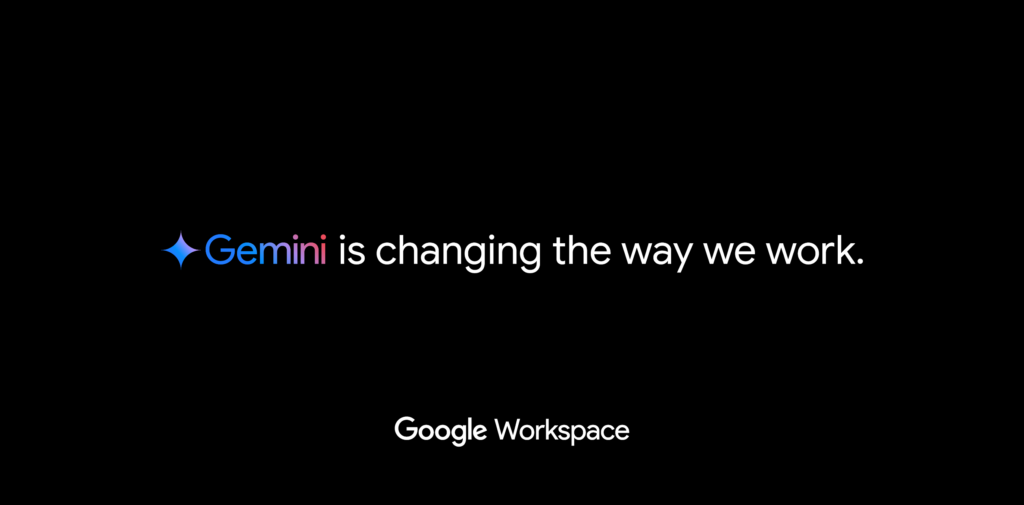
Meta is updating its AI-generated content policy and will add a “Made with AI” label beginning in May 2024. Acknowledging that its current policy is “too narrow,” Meta says it will start labeling more video, audio, and image content as being AI-generated. Labels will be applied either when users disclose the use of AI tools or when Meta detects “industry standard AI image indicators”, though the company has not provided more detail about its detection system.(The Verge, Meta)
